1. Add a Layered Garden
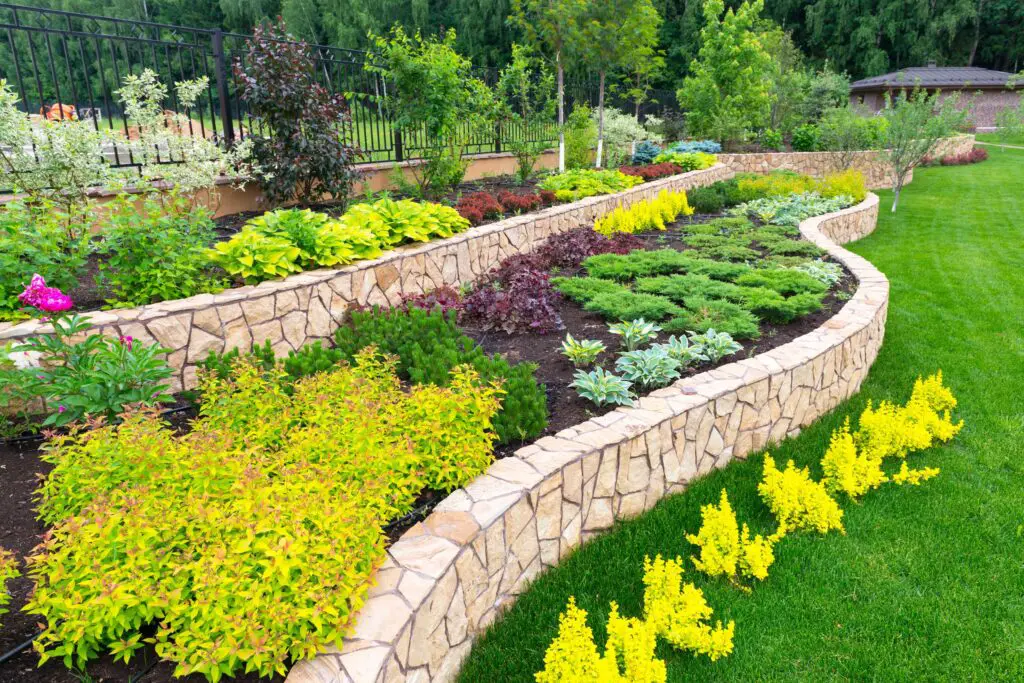
A layered garden involves incorporating plants of various heights to add depth and visual interest to your landscape. This approach typically combines shrubs, flowers, and trees, creating a multi-dimensional display that is both eye-catching and sophisticated. When arranging plants, consider placing taller plants towards the back or center and shorter ones at the edges, framing walkways or enhancing your home’s façade. This layered design brings a sense of order while highlighting different textures, colors, and shapes.
A well-planned garden of this nature not only increases the aesthetic appeal but also adds curb appeal, making a lasting first impression on visitors and potential buyers. In addition, the variety of plants chosen can attract different types of wildlife, such as birds and butterflies, contributing to the local ecosystem. For tips on how to create the perfect layered garden, consider visiting Better Homes & Gardens, which offers expert advice on plant selection and placement for your specific needs.
2. Install a Stone Pathway
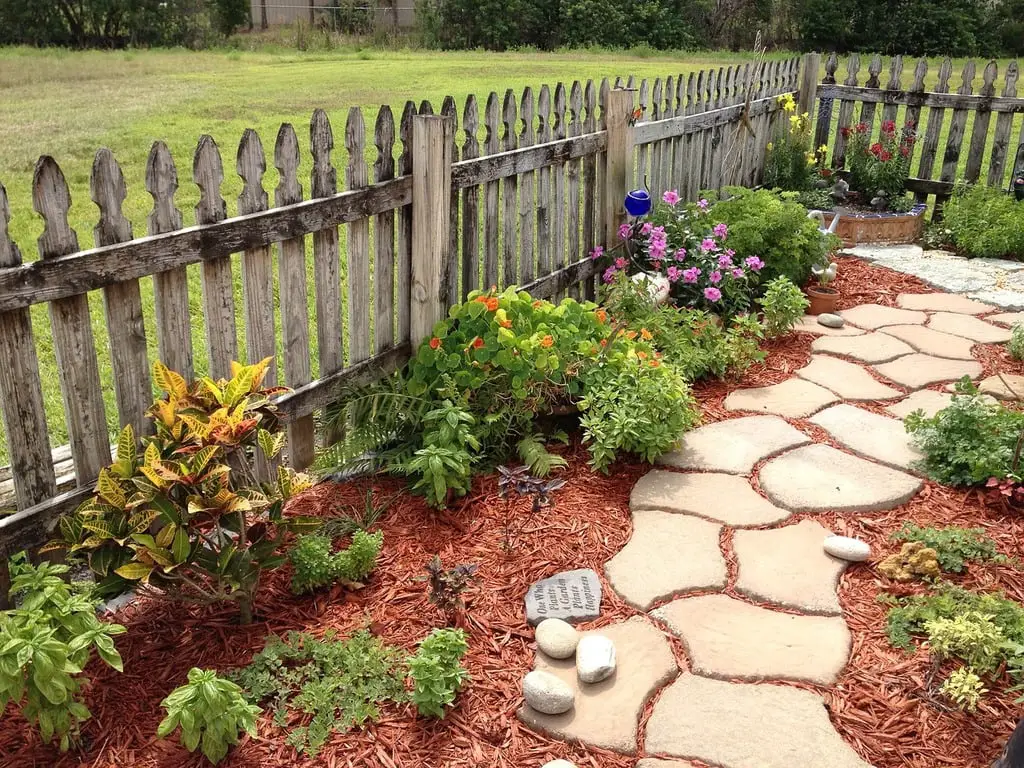
A stone pathway can transform your garden or yard by providing both function and elegance. Natural stone is an excellent choice for creating a timeless, rustic feel, while geometric pavers can add a modern and clean aesthetic. The pathway guides visitors through the space and enhances the overall flow of your landscape, leading to focal points like a garden or seating area.
Stone paths also add value to your property by providing defined, accessible routes that improve walkability and organization. Proper installation ensures durability and longevity, even in challenging weather conditions. Additionally, stones absorb heat during the day and radiate it at night, providing a cozy atmosphere. For more information on how to select and install the perfect stone pathway, you can refer to The Spruce.
3. Create Outdoor Lighting
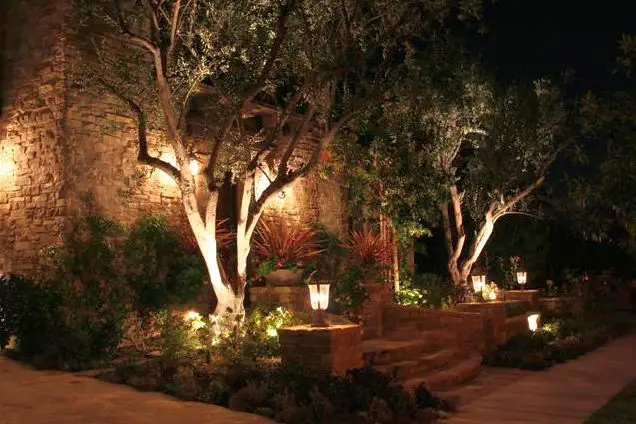
Outdoor lighting plays a crucial role in elevating the ambiance of your home’s exterior. Strategically placed lights can highlight your home’s architecture, as well as accentuate the beauty of your garden, trees, and shrubs. Solar-powered lights are an eco-friendly and low-maintenance option that works well along pathways, while uplighting can cast dramatic shadows on tree branches or architectural features.
In addition to aesthetic benefits, outdoor lighting enhances safety by illuminating walkways and dark corners, preventing accidents. Whether you choose string lights for a whimsical feel or sconces for a more formal look, lighting adds depth and character to your outdoor space. By creating a welcoming atmosphere, outdoor lighting makes your home more inviting during evening hours. For more tips on using outdoor lighting effectively, check out HGTV.
4. Maintain a Healthy Lawn
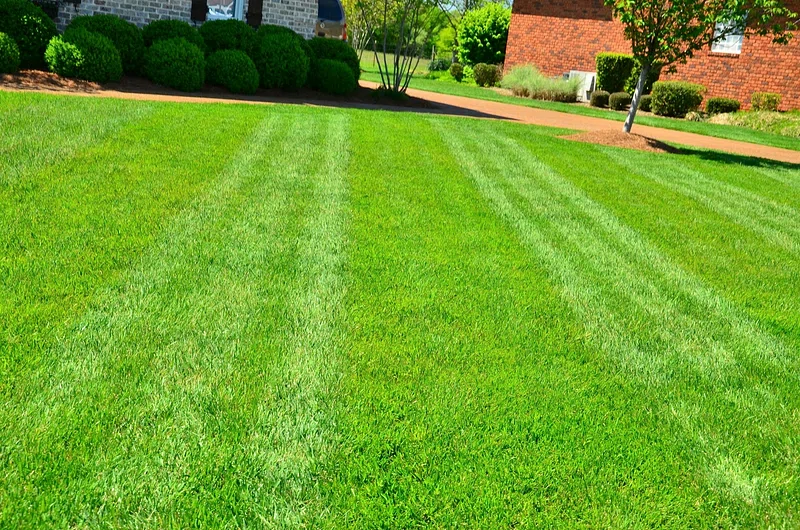
A lush, green lawn is one of the simplest and most effective ways to boost your home’s curb appeal. A well-maintained lawn not only creates a pleasant outdoor space but also signifies that the property is cared for. Regular tasks such as mowing, watering, and fertilizing are essential for keeping your grass healthy and vibrant. Choosing the right type of grass for your climate and soil will make maintenance easier and more sustainable.
Proper lawn care also helps prevent issues like pests and disease, ensuring your yard remains in top condition year-round. In addition to its aesthetic appeal, a healthy lawn can also improve your home’s market value. For detailed lawn care advice, visit The Lawn Institute.
5. Plant Native Flora
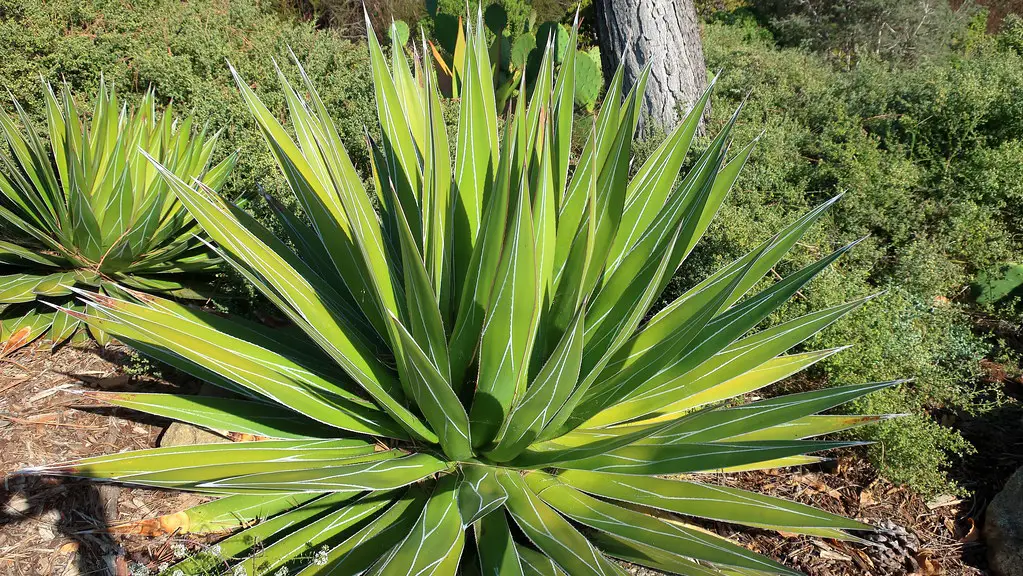
Choosing native plants for your yard is an environmentally friendly and cost-effective way to enhance your landscape. Native plants are adapted to the local climate, meaning they require less water, fertilizer, and maintenance compared to non-native species. They also provide essential habitat for local wildlife, such as birds, bees, and butterflies, supporting biodiversity.
By using native flora, you can create a low-maintenance, beautiful garden that aligns with local ecosystems. Additionally, native plants often thrive in the local soil, reducing the need for soil amendments. Opting for native species ensures that your yard will flourish with minimal environmental impact. For more information on the benefits of planting native species, visit the National Wildlife Federation.
6. Add a Water Feature
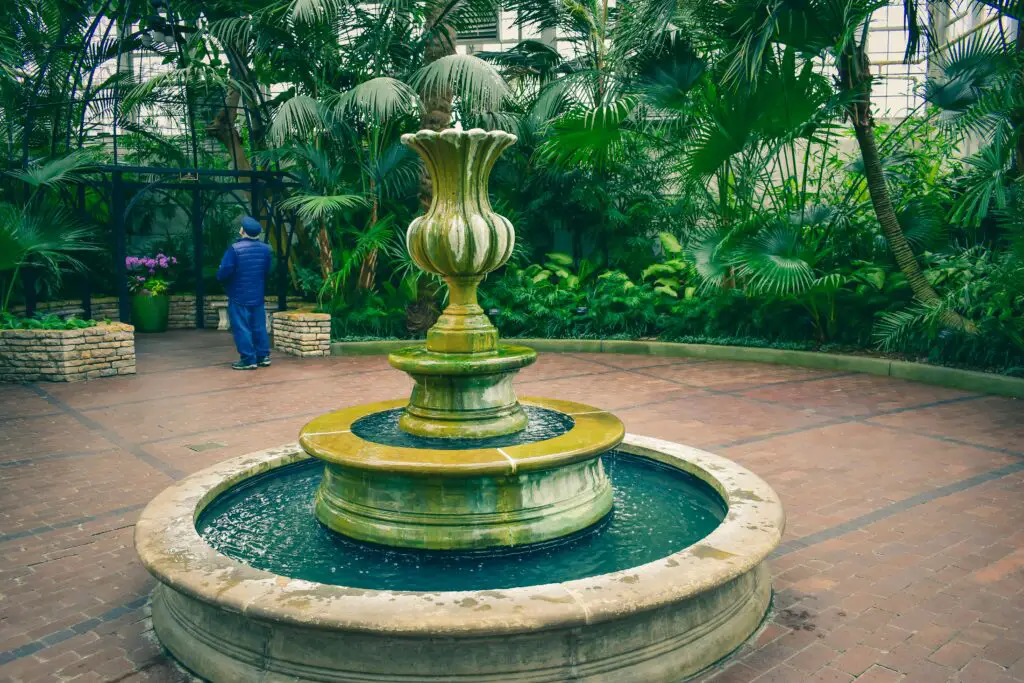
A water feature, such as a small fountain, pond, or birdbath, can serve as a stunning focal point in your outdoor space. The soothing sound of flowing water creates a calming atmosphere, making your yard feel like a retreat from the hustle and bustle of daily life. Water features attract birds and other wildlife, which can enhance the natural beauty of your garden. They don’t require a significant investment and can be as simple as a decorative birdbath or as elaborate as a cascading waterfall.
When properly maintained, water features add both aesthetic appeal and tranquility to your landscape. You can also integrate them with other elements, such as plants or rocks, to create a cohesive and harmonious design. For inspiration and tips on adding a water feature to your yard, take a look at Better Homes & Gardens.
7. Install a Fire Pit
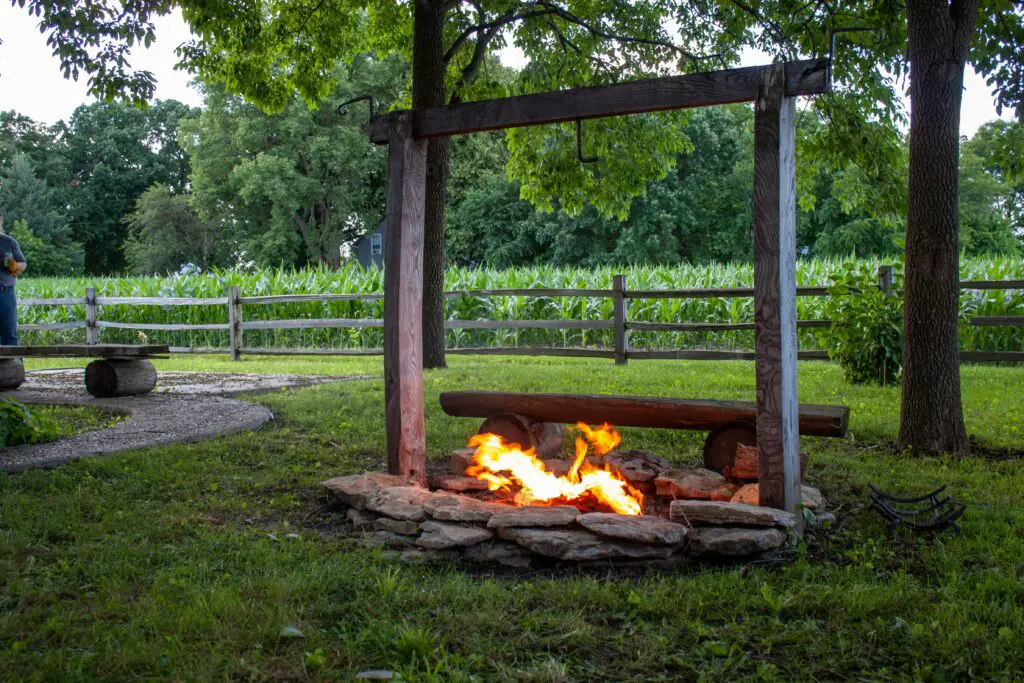
A fire pit is a perfect addition to any backyard, providing warmth and a focal point for outdoor gatherings. Whether made from stone, metal, or brick, a fire pit can complement your landscaping and offer a cozy space for friends and family to gather around. Fire pits are ideal for evening entertainment, offering both a functional and aesthetic element to your outdoor space.
You can use the fire pit for roasting marshmallows or simply enjoying the warm glow of the flames. Depending on the design, fire pits can blend seamlessly with your patio or garden, adding a rustic, modern, or even contemporary touch to your yard. With proper maintenance, a fire pit can become a long-lasting feature in your landscape. To explore different fire pit styles and installation tips, visit The Spruce.
8. Use Mulch to Define Spaces
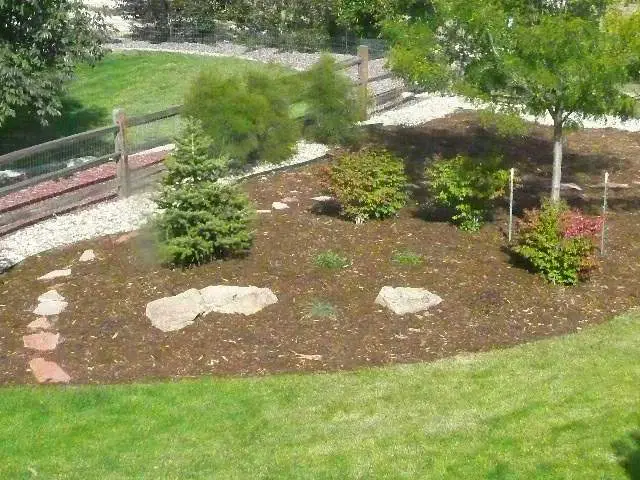
Mulch is a versatile and functional material that can enhance the appearance of your garden while providing practical benefits. It helps to define spaces, such as flower beds, around trees, or along walkways, creating a neat and organized look. Mulch also helps retain moisture in the soil, reducing the need for frequent watering, while suppressing weeds that can compete with your plants.
Over time, mulch breaks down, enriching the soil with nutrients that promote plant health. Available in various materials, such as bark, straw, or wood chips, mulch allows for customization based on your landscape’s style. Applying mulch regularly ensures that your garden remains healthy and looks well-maintained year-round. To learn more about the benefits of mulch and how to apply it properly, visit The Home Depot.
9. Build Raised Garden Beds
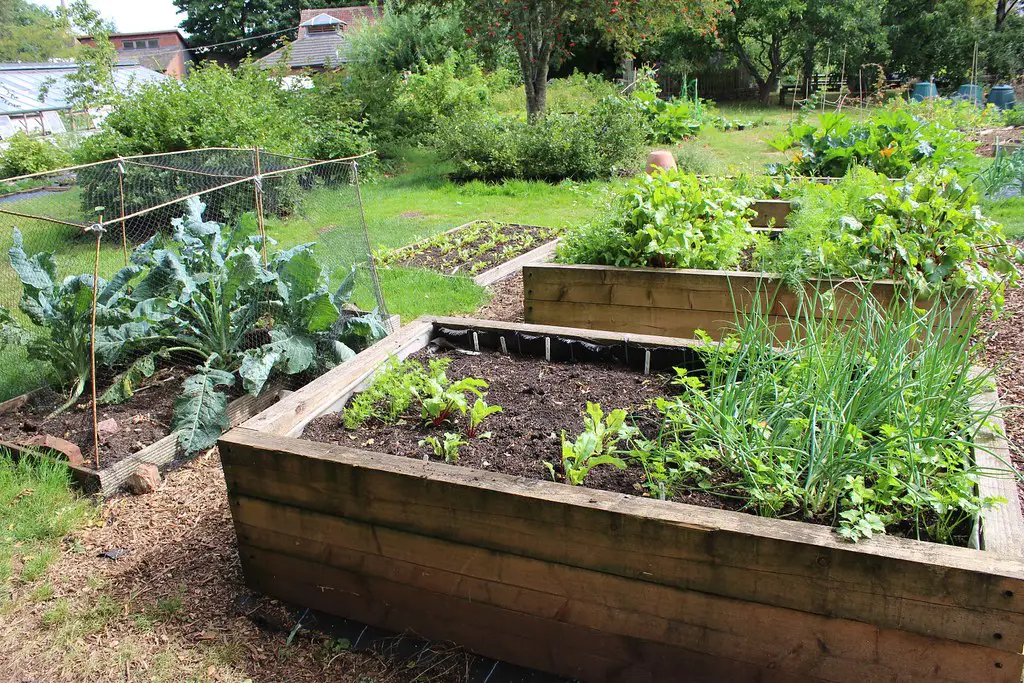
Raised garden beds are a modern and practical way to organize your garden, offering both aesthetic appeal and ease of maintenance. These elevated planting areas can be constructed using wood, stone, or even metal, providing a tidy, professional look. Raised beds are especially useful for growing vegetables, herbs, and flowers, as they offer better drainage, prevent soil compaction, and can be customized to suit your gardening needs.
The added height of the beds makes them easier to tend to, reducing the strain of bending over. Additionally, raised garden beds can extend your growing season by warming up faster in spring and providing better protection from pests. Whether you’re a novice gardener or an experienced horticulturist, raised beds offer an organized and efficient way to grow your plants. For step-by-step instructions on building raised garden beds, visit Gardeners.com.
10. Add a Privacy Hedge
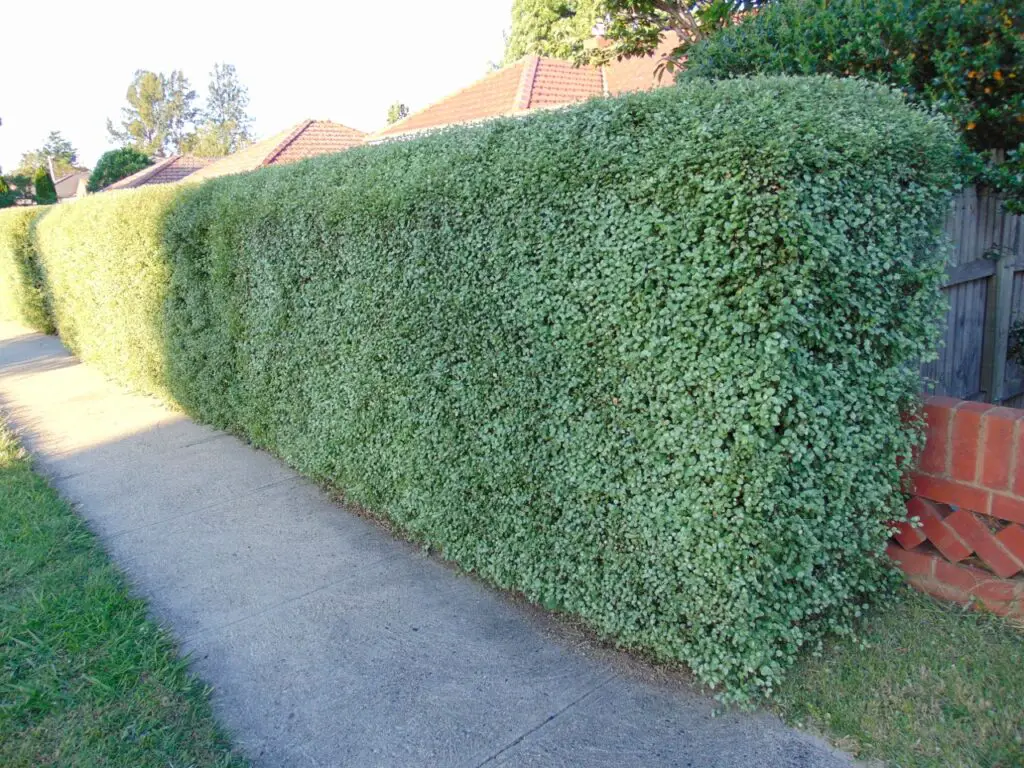
A privacy hedge is an excellent way to create a natural barrier between your property and the outside world. By planting a row of dense shrubs or trees along your property line, you can create a sense of seclusion without the need for an unsightly fence. Privacy hedges also add a layer of greenery, contributing to the aesthetic beauty of your yard. Depending on the variety of plants you choose, you can create a hedge that offers year-round coverage, such as evergreen shrubs.
These hedges provide wind protection, noise reduction, and can even serve as a sound buffer in busy neighborhoods. Additionally, privacy hedges can increase your property’s value by enhancing its curb appeal and providing a more serene atmosphere. To learn about the best plants for privacy hedges, visit The Spruce.
11. Refresh Your Driveway Edges
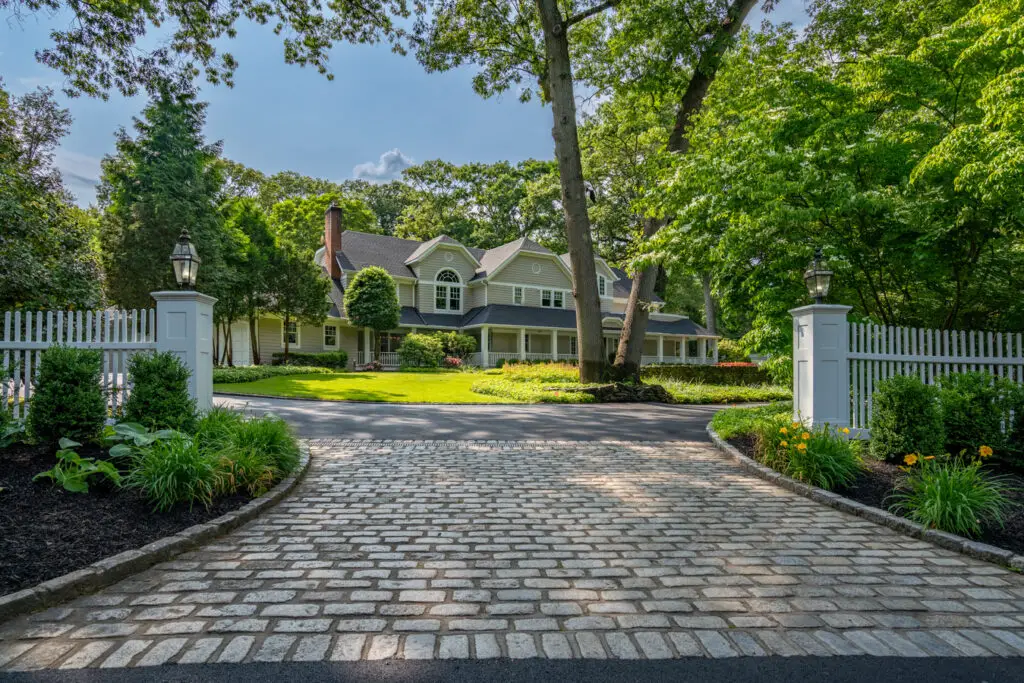
Updating the edges of your driveway with plants, stones, or bricks can instantly improve the look of your home’s exterior. Framing your driveway with carefully chosen greenery or decorative materials creates a clean, cohesive appearance that ties the front of your home together. This small landscaping update enhances the first impression your home gives to visitors or potential buyers.
You can use low-maintenance plants that complement your lawn or flower beds, or choose decorative stones for a more modern and polished look. Whether you prefer a natural, organic feel or a structured, geometric design, refreshing your driveway edges adds an upscale touch to your property. For more ideas on enhancing driveway edges, check out This Old House.
12. Incorporate Seasonal Flowers
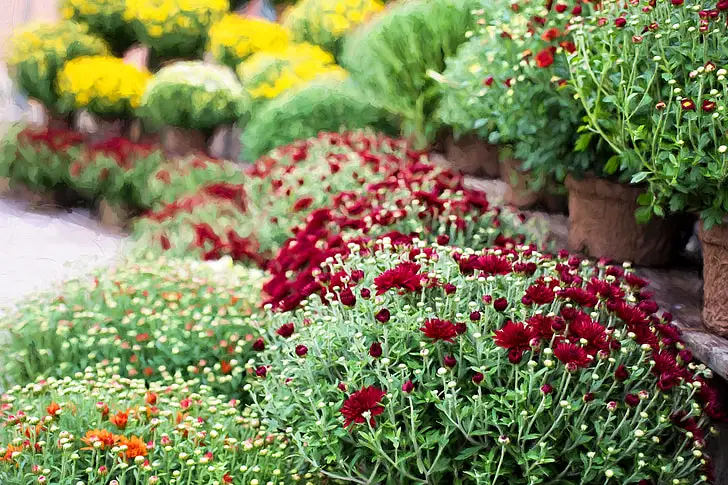
To ensure your garden looks vibrant and inviting year-round, plant a mix of seasonal flowers that bloom in different seasons. This variety of flowers creates a constantly changing landscape, with new colors and textures emerging throughout the year. Spring-blooming flowers, such as tulips and daffodils, give way to summer favorites like sunflowers and daisies, while fall brings chrysanthemums and asters.
Seasonal flowers not only add beauty to your yard but also attract pollinators, helping to maintain a healthy ecosystem. By carefully selecting flowers that bloom in different seasons, you can enjoy a continually blooming garden without the need for constant replanting. For a list of flowers that thrive in different seasons, visit The Old Farmer’s Almanac.
